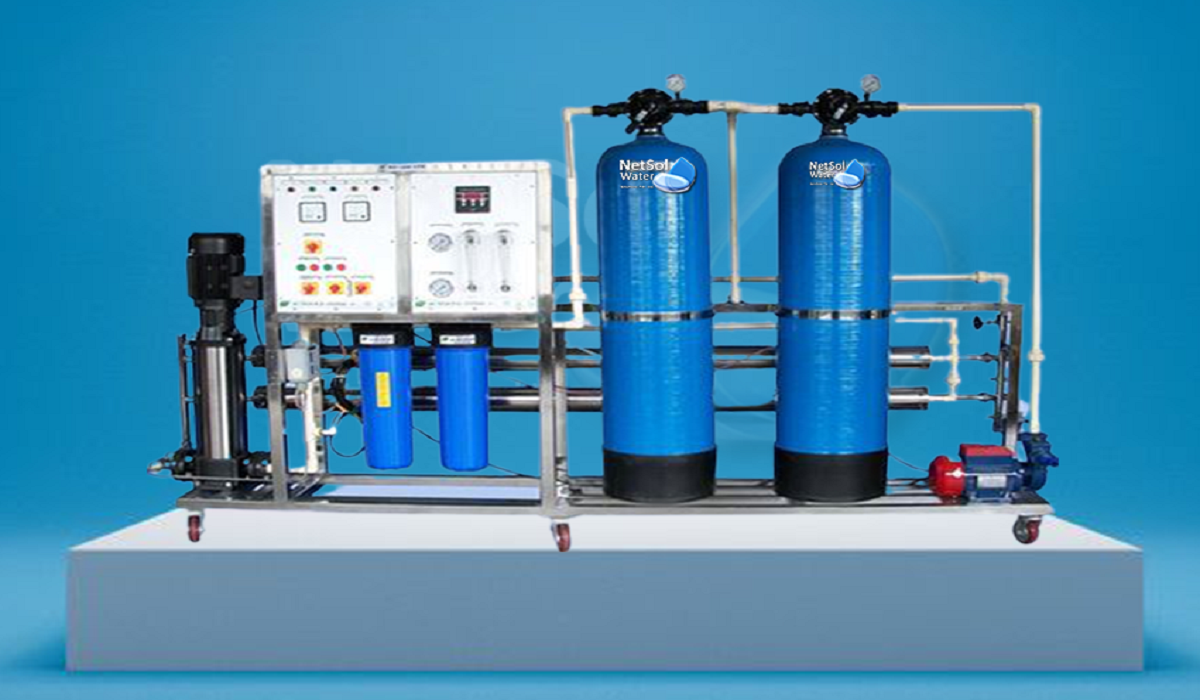Commercial RO Plant Manufacturer in Gurgaon
What is removed by a Commercial RO Plant?
The RO membrane in a Commercial RO Plant eliminates dissolved solids such as arsenic and fluoride, among other contaminants. For a broad range of reduction, this system contains sediment and carbon filtration. A Commercial RO system's carbon filters remove chlorine as well as poor taste and smell, while the sediment filter removes dirt and debris.
Is a Commercial RO Plant capable of removing?
~ Fluoride? Yes.
~ Salt? Yes.
~ Sediment? Yes.
~ Chlorine? Yes.
~ Arsenic? Yes.
~ VOCs? Yes.
~ Pesticides and herbicides? Yes.
The pollutants mentioned here are some of the most common contaminants handled by a Commercial RO Plant, however the system also eliminates a variety of additional contaminants.
Are commercial RO Plants environmentally friendly?
When the water in your house or office drains, chemicals and other impurities must be removed before it may be recycled. Wastewater is either transferred to a water treatment facility and diluted to make it simpler to treat, or it is routed to riverbeds to be filtered by nature through the hydrologic cycle.
As a commercial RO plant manufacturer in Gurgaon, our system improves the efficiency of waste treatment. Because chemicals are eliminated during the carbon filtering step, reverse osmosis water discharged from your home or office is already chemical-free. The dissolved inorganics concentration in the leftover brine water is only slightly higher. Because no new contaminants are added into the water supply once RO water drains from your home, RO systems accelerate the recycling process.
Where should a Commercial RO Plant be used in Gurgaon?
Most reverse osmosis systems are placed at the point of use (POU) systems. It might also be installed in a cabinet or in a remote location like as the garage or basement or a roof, etc.It is straightforward and worthwhile to connect your Commercial RO Plants to POE (Point-of-entry) to eliminate minerals from water, resulting in clearer and more pleasant drinks.
Can RO plants be used for the entire house?
Water may be treated for the entire house using reverse osmosis. However, unless your water has a particular contamination that necessitates reverse osmosis, installing a Whole house RO system may be excessive. An RO system will not offer the necessary flow rate to pressurize a whole house. A big booster pump offers appropriate water pressure in the unusual occasion that a complete home demands RO water.A UV system, in addition to a big water pump and storage tank, is required to disinfect the water as it exits the tank.
Can Commercial RO Plants be used for swimming pools?
The only time a commercial RO plant is used for a pool is if the water has a contamination that no other filtering system can remove. Even with the most effective system, attempting to fill a 20,000-gallon pool with RO water will result in the loss of 10,000 gallons.
Are these plants used for agriculture?
Although reverse osmosis (RO) water works well for hydroponic farming, not all plants can live or grow on it. RO is most suited for misting plants in greenhouses or small gardens, depending on the type of plants. Because hydroponic farming does not use soil and instead grows fruits and flowers using only nutrient-rich water, high-quality water is critical to hydroponic success. Even trace levels of sediments, salts, and dissolved organics can destabilize the delicate balance of plant life. RO water provides complete control over your plants' nutritional intake. Thus, using pre and post treatments can help in providing high-quality water for agricultural purposes.
Now if you are using well water for agricultural purposes, Commercial RO Plants are a good option;
If you acquire your water from a private well, a Commercial RO system is a great method to ensure that the water is safe.An efficient system is ideal for removing tough pollutants present in well water, such as nitrates, iron etc.
Our wide range of Commercial RO Plants are well-suited for Apartments
Water is often supplied to an apartment building or condominium by a single point-of-entry device, and adding a Commercial RO Plant proves to be very effective.
Commercial RO Plants are a must in your workplaces!
Commercial or industrial reverse osmosis systems are popular because they allow drain water to be recycled into the feed supply. Paints, dyes, and other industrial pollutants are effectively removed by reverse osmosis in industries and are widely used in commercial facilities too.
You can use our Commercial RO Plants for your large fish tanks too!
If you enjoy fishing in saltwater, a commercial revrse osmosis plant is ideal for you. With reverse osmosis, you may remove all minerals from the water and then remineralize it with the exact quantity of salt you require. Most aquarists use a mix of reverse osmosis and deionization (also known as RO/DI water) to guarantee that their fish are immersed in an exceptionally clean water that has been changed to resemble the fish's natural habitat.
Best manufacturers of commercial RO plants in Gurgaon
Netsol Water specializes in water and wastewater treatment services as well as chemical products, offering our clients across India a bespoke and comprehensive variety of traditional, innovative, and environmentally friendly solutions.
Our breadth, expertise, and talents are quite diverse, and we as a solutions-focused organization, is confident in solving any kind of water-related difficulties including Commercial RO Plants for your large office buildings or schools. Our countrywide competent and experienced technical teams provide water treatment programs in a variety of industries, including commercial, residential, and industrial systems in both the private and public sectors.
Please contact us at +91-9650608473 or drop a mail at enquiry@netsolwater.com for further information or to make a purchase.



